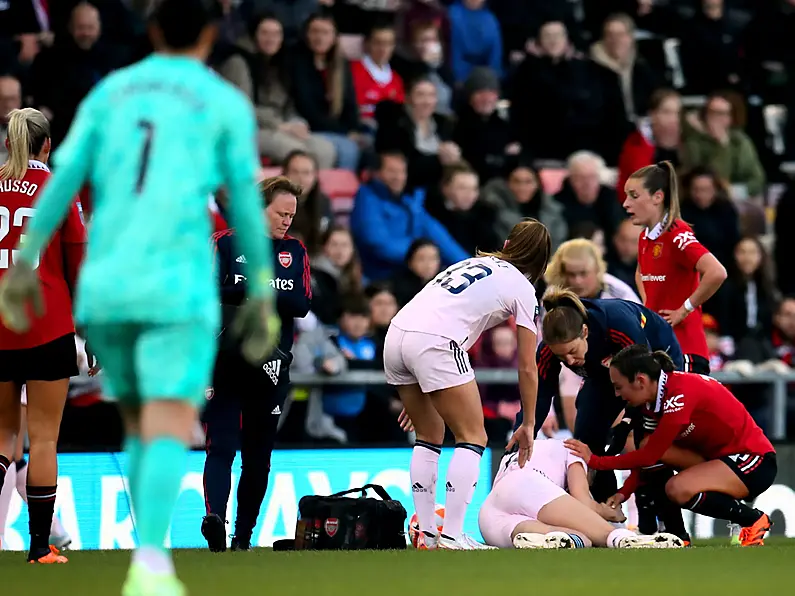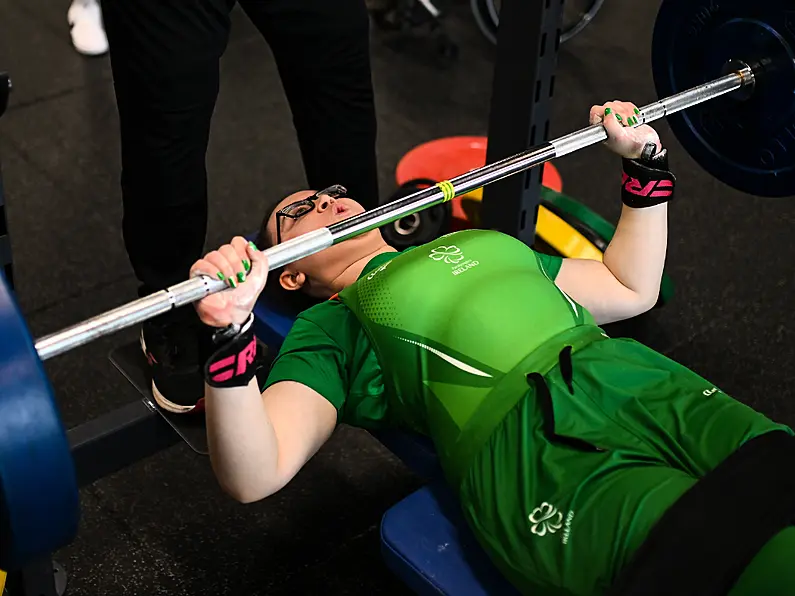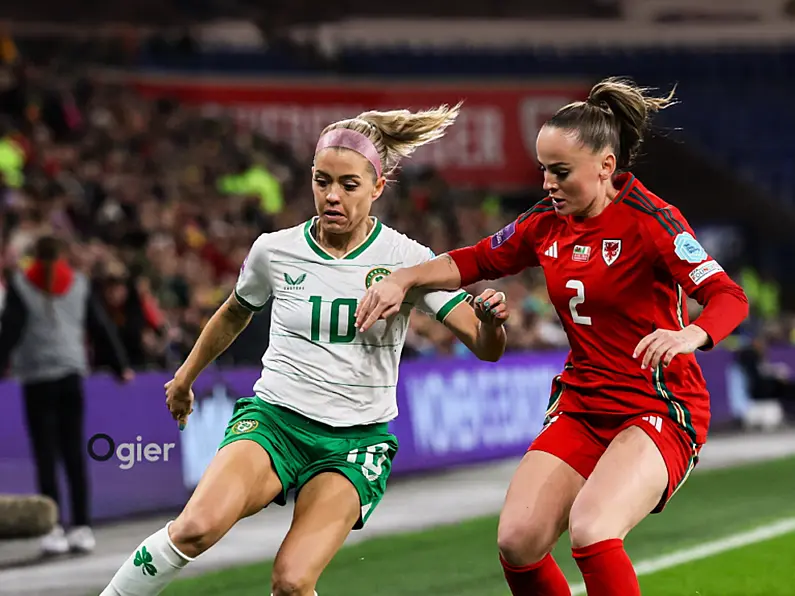A recent study conducted by scientists at UCL and the University of Bath, published in the journal Medicine & Science in Sports & Exercise, has uncovered a significant association between the menstrual cycle and injury risk among female footballers. The research, tracking professional players in the Women’s Super League over three years, has revealed that "female footballers are six times more likely to get injured in the days before starting their period."
The study, which analyzed 593 menstrual cycles across 13,390 days, found that female footballers are six times more likely to sustain injuries in the days leading up to their period. This heightened risk, particularly during the premenstrual phase, underscores the importance of understanding the physiological changes that occur throughout the menstrual cycle. The research also highlights the broader issue of injury risks in female athletes, an area that has historically been overlooked in sports science.
Football players in @BarclaysWSL were six times more likely to experience a muscle injury in the days leading up to their period compared to when they were on their period, according to new research from the University of Bath and others.https://t.co/BXxcN2hF1W pic.twitter.com/4DtXuzPfBR
— University of Bath (@UniofBath) May 8, 2024
Dr Jo Blodgett, an author of the study from UCL Surgery & Interventional Science and the Institute of Sport, Exercise & Health (ISEH), said: “Though our sample size for this research was relatively small, we observed clear links between cycle phase and injury prevalence, and the size of the association – six times higher in the premenstrual phase and five times higher in the early-mid luteal phase for muscular injuries – was quite large."
“To better understand the variability in injury risk across the cycle we need more players and teams to continually track injury incidence, menstrual cycle and symptoms in a standardised manner. At the elite level, injuries to your squad can mean the difference between winning and losing, the difference between being crowned champions and runners-up. But perhaps more importantly, it means pain and suffering for players that could perhaps be avoided with better player-centred support.”
A senior author of the study from UCL Surgery & Interventional Science and the Institute of Sport, Exercise & Health (ISEH), Dr Georgie Bruinvels, said: “While these results must be viewed with caution, this data highlights a need to investigate this area further. Given the growth of women’s sport it’s an exciting time to be working in female physiology, but there are a number of known challenges when conducting research with female athletes, in part explaining why there is such a significant sex data gap."
“Conducting large-scale research is complex but must be prioritised to best support female athletes, and we hope studies like this will pave the way for this. Every woman has their own unique physiology, so it’s crucial to support and empower them in the right ways. If future research demonstrates that there are risk windows for certain injury types, we should be proactive in mitigating these risks to enable female athletes to exercise and compete on any given day.”
Another study conducted by scholars from the Int J Environ Res Public Health in 2023, found similar results when focusing on anterior cruciate ligament (ACL) injuries. The study found that ACL ruptures are "two to eight times more common in females than in males and females also have a higher incidence of ankle sprains, patellofemoral pain and bone stress injuries". The study also found that factors such as relaxin, a hormone known to increase ligamentous laxity, contribute to the heightened injury risk during certain menstrual phases.
Similarly to what Dr Bruinvels said, the 2023 study also concluded that the lack of scientific evidence on the topic is "remarkable" and further research would need to be done to validate the hypotheses and given that sports injuries are multifaceted, future research should consider "all aspects of female athletes and sports practices" to prevent injury. In addition to menstrual cycle considerations, the study highlighted the need for comprehensive injury prevention strategies tailored to female athletes.
Maeve Mannion, an Irish competitive powerlifter and PhD student, also explained the lack of research into female athletes during an episode of the Period Panel. According to Mannion, a 2014 study revealed a stark reality: only a fraction, between 4-13%, of research focused solely on female athletes: "We have come a long way even since 2014, in the sense that there's a lot more research on female athletes now - we're considering the menstrual cycle, pregnancy and hormonal contraceptives, but we're at a stage where the quality of the research needs to be more robust so that we can actually apply it," Mannion said.
We sat down with PhD student and powerlifter Maeve Mannion to chat about why it's SO IMPORTANT for females to track their period cycle📷
📷https://t.co/c7aXkjPQLn pic.twitter.com/hd9rAGnlcZ— Her Sport (@HerSportDotIE) December 12, 2023
Overall, these studies have highlighted that further research needs to be done to affirm the link between injuries and the menstrual cycle. Given that this is still relatively new research, the studies have shown the greater need for further research to develop evidence-based recommendations and preventive measures to reduce injury risks in female athletes. By raising awareness and implementing targeted interventions, clubs, coaches and institutions can promote and prioritise the well-being and longevity of women in sports.












